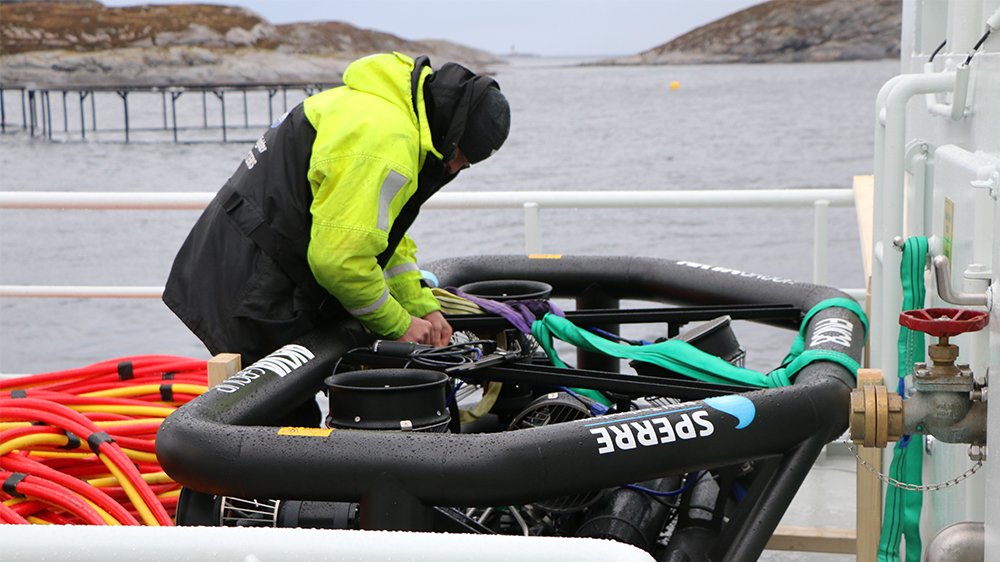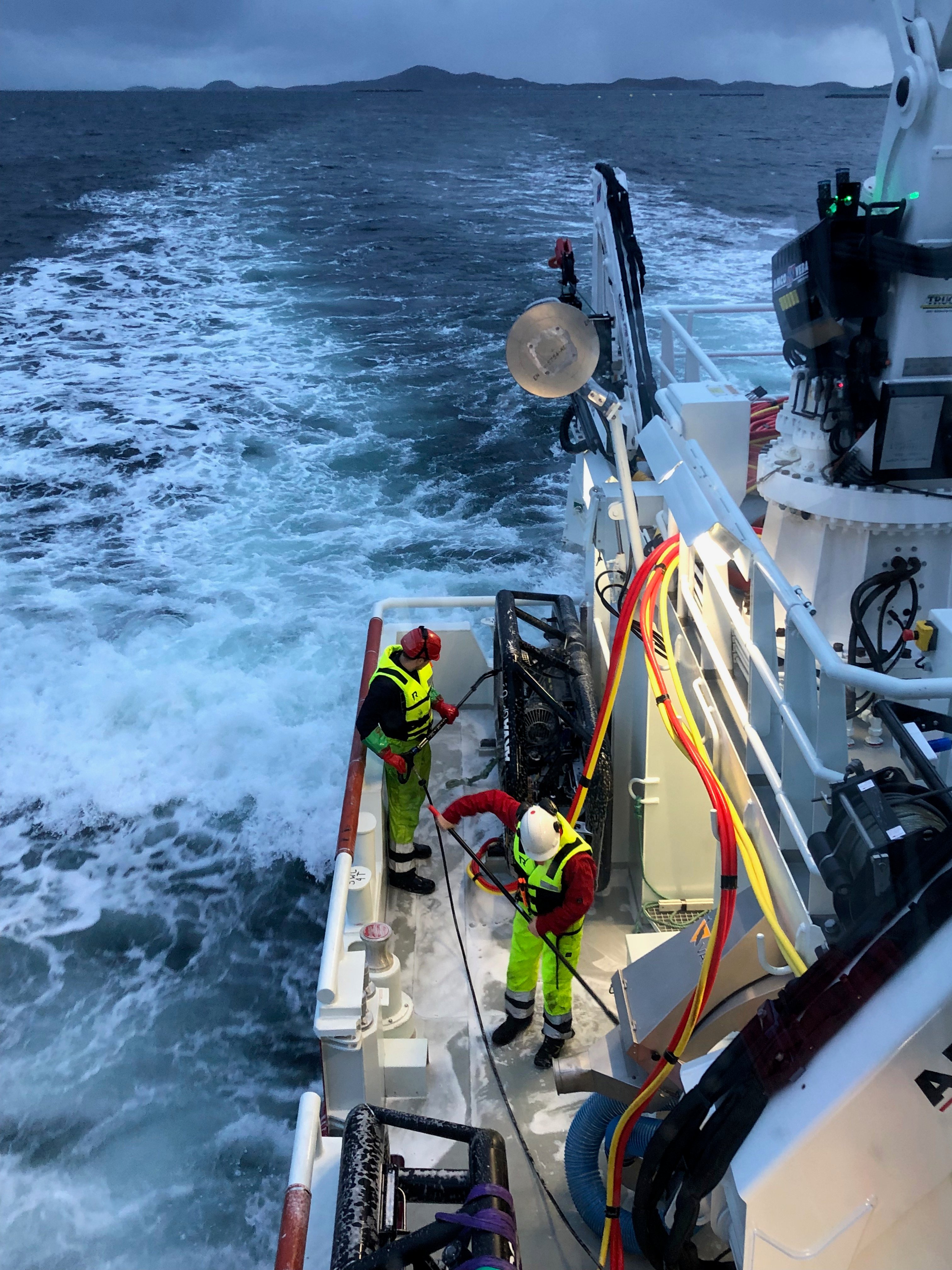
Highly-paid specialists who are unable to do their job are bad for business. When a cleaning operation at a fish farm is interrupted, you end up paying people for sitting around doing nothing.
It has been proven beyond doubt that careful maintenance prolongs the operational life of equipment. Nevertheless, we experience a varied focus on maintenance in the industry. I assume that many of our readers would be familiar with the following scenario:
When the clock strikes 10, you are already well underway with cleaning nets after a two-hour boat trip to get on-site. Suddenly, the alarm goes off, and the net cleaner needs to be hauled in. It could either be a valve that has corroded because the equipment has not been flushed with fresh water for a long time. Or perhaps a thruster has an error because of an earth fault, lack of oil-change or that it has not been megged.
If you are lucky, the part you need will be available on the boat, and the crew will not have much downtime. If not, however, the real cost starts. Most likely the crew needs to return to shore to pick up a new part. If the part is available at a central warehouse, it can hopefully be delivered by Jetpak within the next couple of days, but that is not always the case.
Costly downtime
Unfortunately, this scenario is all too familiar to the industry. But the good news is that these downtime costs are something that can easily be avoided.
Maintenance of cleaning equipment does not have to require a lot of time and resources. My experience is that it is largely about building a culture and establishing a routine. By following the steps below, you will have the foundation to significantly improving the cost-effectiveness of your cleaning operations.
Fixed maintenance and inspection of the new cleaner
Daily

- Check the thrusters’ oil levels.
- Clean the net cleaner and the tether with fresh water.
- Check for leaks on high-pressure components.
- Ensure that grids outside the thrusters are in order.
- Ensure that the cleaning discs rotate with ease.
- Check that the nozzles in the cleaning discs are in place (they should not protrude from the disc).
- Check bolts and thruster mounts for any signs of damage
- Check the tether cable for any signs of damage and ensure that it is properly attached.
- Fasten the net cleaner properly and tether on deck.
- Check that the connectors are tightly secured.
Weekly
- Clean the connectors on the cylinders and thrusters. Remove old molykote by using electrospray and high-pressure air. Use molykote 44 to lubricate (see manual).
- Megging of thrusters is an essential and straightforward operation. By doing this weekly, you will detect any faults and can perform service before errors happen.
Periodically
- Thruster service and oil change.
Regular inspection and control of the HP pump
Daily
- Check the surface of the entire pump unit for signs of damage.
- Check the surface of the pistons for signs of damage.
- Check the pipes for leaks and signs of damage.
- Check the pump (and pressure lubrication) for leaks, especially the seals on moving parts.
- Check the quality and level of oil.
- Check all functions (on/off, high-pressure on, pressure regulation, etc.) and listen for any unusual sounds.
- Check the pump pulsation (valve function).
Monthly
- Check bolted connections.
- Check all parts for signs of corrosion.
- Clean seawater filter.
Yearly
- Check the safety valve.
Cleaning and storing cleaning equipment
Rust, frost and dehydration are all processes that pose a threat to cleaning equipment during storage. However, with awareness and basic routines, you can ensure that the equipment retains the high-level of operation as it did before it was put in storage.
Run fresh water through the system before you store it and clean all surfaces. If there is any residual seawater in pipes or gaskets, it will eventually evaporate and leave salt crystals that may damage and seal the surfaces. Thereby significantly contributing to reducing the equipment’s efficiency.
When the equipment is stored in an environment that is exposed to frost, it is important to run antifreeze through the system. As well as preventing residual water from freezing and preventing frost damage, the antifreeze will help lubricate the inner components.
It is simple math
Well maintained equipment lasts longer, beyond doubt. But the real threat to the project budget is the unnecessary downtime caused by poor maintenance. Many service companies in the aquaculture industry need internal routines and a maintenance culture to meet these challenges. Thus, considering the benefits and calculating the economic potential of implementing these changes should be simple math.
{{cta('7458c645-5101-46e2-b140-7e9bb597a3de')}}